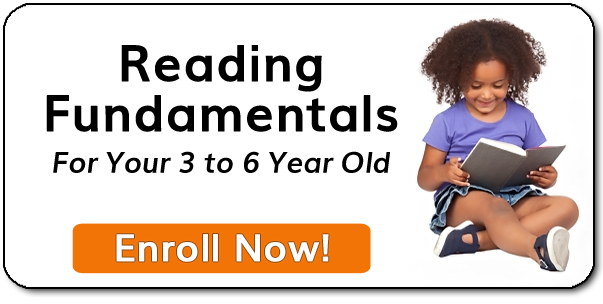
Observing a child learning to read words and numbers is one of my life’s pleasures. These two skills, literacy and numeracy, are critical to a person’s reaching his or her fullest potential.
Numeracy is the ability to read, write and speak the language of numbers.
By the time a child is six years old, he or she is quite capable of having a firm understanding of the decimal number system and the workings of the four basic math operations. The key to this understanding is presenting the language of numbers in a clear manner.
Hands-on materials for our number system can be presented and made available for exploration for children. Using manipulatives, children, by age six, can develop the skills to add, subtract, multiply and divide numbers up to 9,999.
When I see a six-year old with number fluency, which is matching numbers and symbols with concepts and concrete material, I feel confident he or she can communicate in the basic language of mathematics.
In literacy, the essential skills of reading and writing begin with the knowledge that language is made up of distinct sounds or phonemes.
The next step is to be able to associate distinct sounds with a written symbol. These two basic skills, phonemic awareness and letter/sound recognition, are necessary to read and write fluently in any language.
Research has shown that the basic skills of literacy and numeracy are easiest to learn between the ages of three to seven.
Unfortunately, too many of our children are not introduced to important language concepts and basic skills until the age of six or older. Fluent reading usually occurs between the ages of four to nine, dependent on a person’s unique brain development.
Help a child learn to read words and numbers by providing them opportunities to learn the individual sounds in our language and then connect each sound with letter symbols.
Help a child with number work by giving them opportunities to count objects, learn the names of the numerals and then connect numerals with objects. These skills do not have to be drilled with flash cards. Concepts can be presented casually as bits of information. Use numbers in your everyday speech.
“There are twenty-even tomato plants. Let’s count them. One, two three….”
“This number 1,324 is one thousand three hundred twenty four.”
“I’ll figure out how much to buy by subtracting 17 from 54.”
Children before the age of six, when they lose their first teeth, learn unconsciously from their environment. We need to keep the environment rich with meaningful language, hands-on experiences and correct information. A simple but daunting task.

